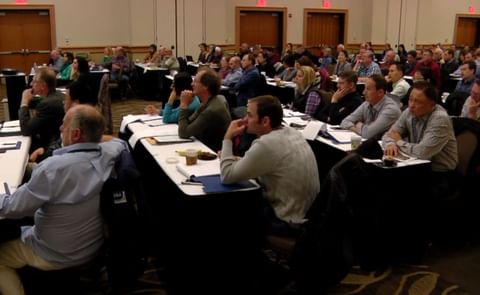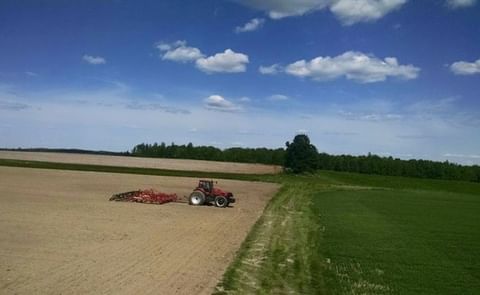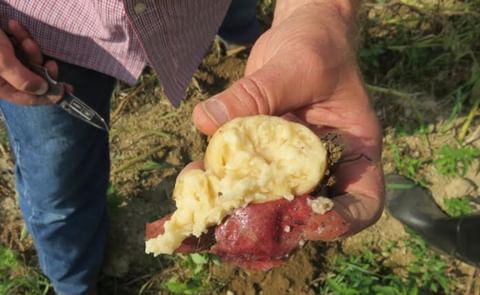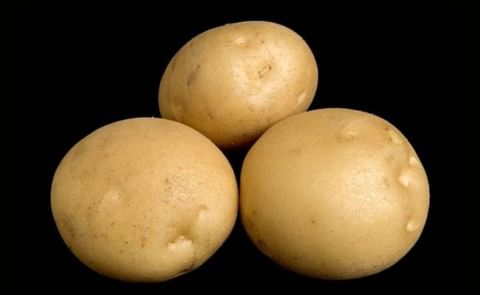Sponsor of the month(Learn more)
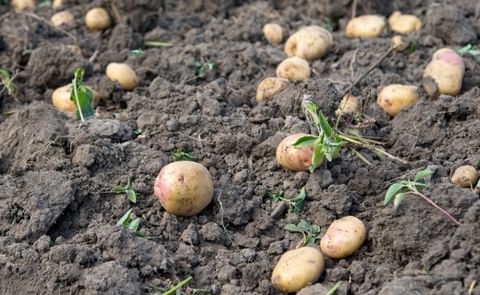
January 25, 2024
New potato-threatening pathogens reported for first time in Pennsylvania, United States
Researchers of the Pennsylvania State University identified potential threats to the local potato crop by collecting potato stems or tubers that exhibited symptoms of black leg or soft rot from 26 potato fields. They were able to isolate, culture and identify 456 samples of bacteria infecting potatoes.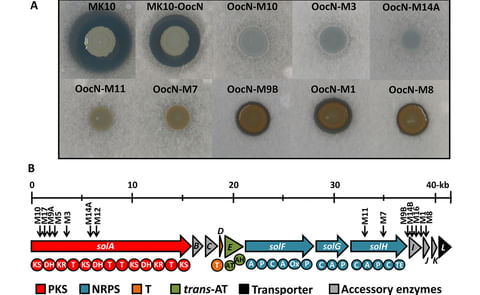
October 24, 2022
New Antibiotic Solanimycin discovered in a Pathogenic Bacterium in Potatoes (Dickeya solani)
The growing threat of antimicrobial resistance has led researchers to search for new compounds everywhere. This week in mBio, a multinational team of researchers in Europe report the discovery of a new antifungal antibiotic named solanimycin.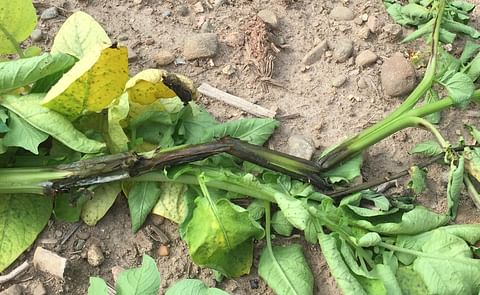
December 05, 2019
Online tool to detect blackleg disease in potato using DNA testing has widespread application
Scientists have developed a user-friendly online tool called Uniqprimer, which quickly and automatically designs species-specific DNA tags (also known as primers) for detecting pathogens such as Dickeya dianthicola using DNA testing.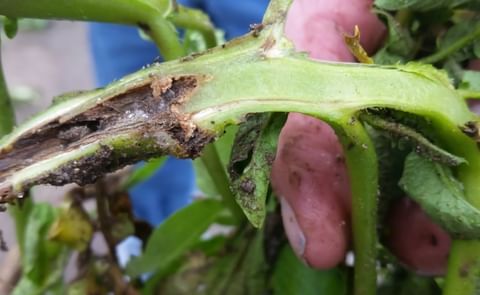
June 12, 2017
Colorado State University to study the spread of pathogens in US potato crops
Colorado U.S. Senators Michael Bennet and Cory Gardner this week announced that Colorado State University will receive $264,600 in funding from the U.S. Department of Agriculture (USDA) to study the spread of pathogens in U.S potato crops. Sponsored Content
Sponsored Content
Sponsored Content
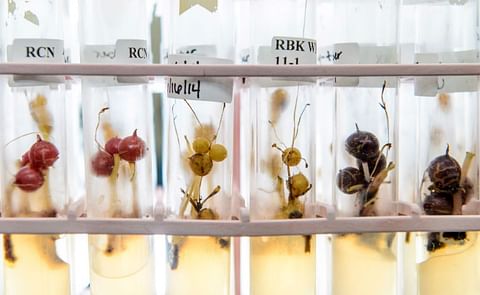
May 09, 2017
From test tube to plate, UW–Madison program keeps potatoes clean
Years before that french fry landed on your plate, the plant that would eventually give rise to the spud your fry was cut from was sealed away deep in a secure-access building, growing slowly in a test tube inside a locked growth chamber.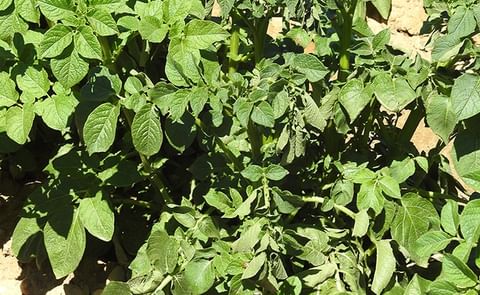
July 17, 2016
Dickeya Blackleg: New Potato Disease Causing Major Impact
Dickeya blackleg, often just called Dickeya, is a new disease in the United States. It was severe in 2015 at least partly reflecting hotter weather than previous 2 years when the pathogen likely was present and is developing again in 2016.

